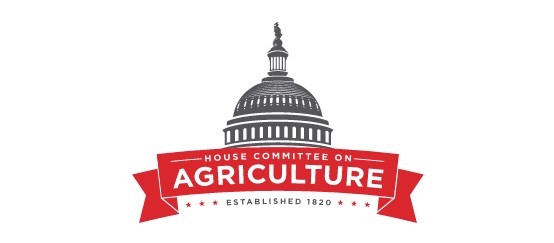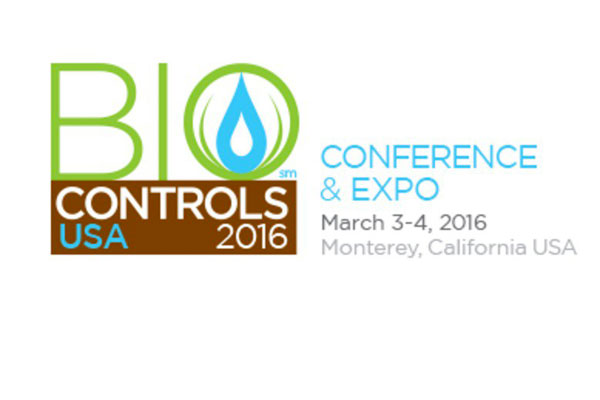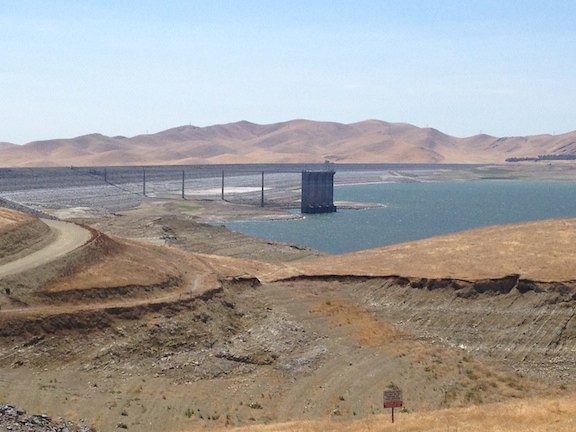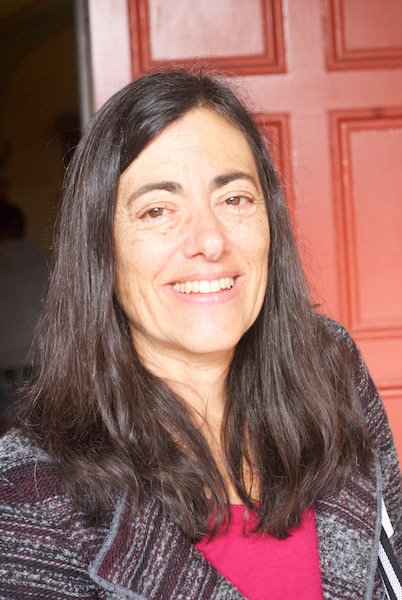EPA on Agriculture, Part 2
Ron Carleton, EPA on Agriculture, Part 2
By Laurie Greene, Editor
Editor’s note: In an exclusive interview with Ron Carleton, EPA Counselor to the Administrator for Agricultural Policy, we asked how the EPA views agriculture.
“Look, we want to work with agriculture,” said Ron Carleton, former deputy commissioner for the Colorado Department of Agriculture. “We have a number of issues and challenges we face across the country with water quality and other things. The thing that we often talk about is the adoption and implementation of conservation measures and best practices, and our producers are doing that,” he noted.
“Farmers are taking those very important steps,” explained Carleton, “to help get us from here to there. EPA Administrator Gina McCarthy is very committed to working with agriculture, to have that dialogue, to have that discussion, to have those two-way communications. So, hopefully, we can work better together as we go forward and find those opportunities to collaborate and to partner. That is so key, and something that I strongly am committed to and strongly support.”

Ron Carlton, EPA Counselor to the Administrator for Agricultural Policy
Carleton elaborated, “I absolutely believe the EPA is always willing to look for outreach opportunities to be with our producers to sit down, to have those discussion with farmers,” towards a common goal.
“We’ve worked with our pesticide folks around the state very closely to resolve any issues that might arise with pesticide issues. We want to get those tools and those products out to our producers, but to do so in a safe way, in a way that also protects the environment. So, I think it is about collaboration. It is about discussion and dialogue, and we are committed to doing more of that.”
With the EPA’s commitment to collaboration and partnership, Carleton said hopefully in the long run, we could address the many challenges that we all have—not only in agriculture—but in the environment as well.
“I’ve always said that our farmers and ranchers are the best stewards of the land,” said Carleton. “We at the EPA need to continue working with them to support them to promote those efforts as best we can.”
“Now, we are not without challenges out there—environmental challenges with water quality, for example, with nutrient pollution in some cases, and air issues in other cases. But I think that the way we lick those problems, again, is by working together promoting those voluntary efforts. We must look for and embrace those opportunities to work together, not only with our Ag stakeholders, but also with the USDA and the NRCS.
“I think we just need to continue what we are doing, engage even more farmers and ranchers,” Carleton said, “and continue to seek technological advances, not only in irrigation, but land management and water quality. I’m confident and I’m optimistic that even with the challenges we have, climate change, a doubling of the population by 2050 and all the problems these will pose, I have every confidence in the world that we are going to find solutions to these problems, and I think that our farmers and ranchers are going to lead the way.

He noted, “Water is going to be an interesting issue as the population doubles and as we have more development, particularly in the Western part of the United States, which is drier. But I think our farmers and ranchers are good at responding to that change, and good at helping to develop, adopt, and implement those technical advances in a way that not only is environmentally good, but increases productivity.”
“They are doing more with less,” Carleton said, “particularly given the challenges of a growing population, not only here in this country, but around the world, the loss of productive agricultural land everyday to development and the increase in extreme weather events, including droughts, floods and the like—and California farmers know all too well the weather extremes.”




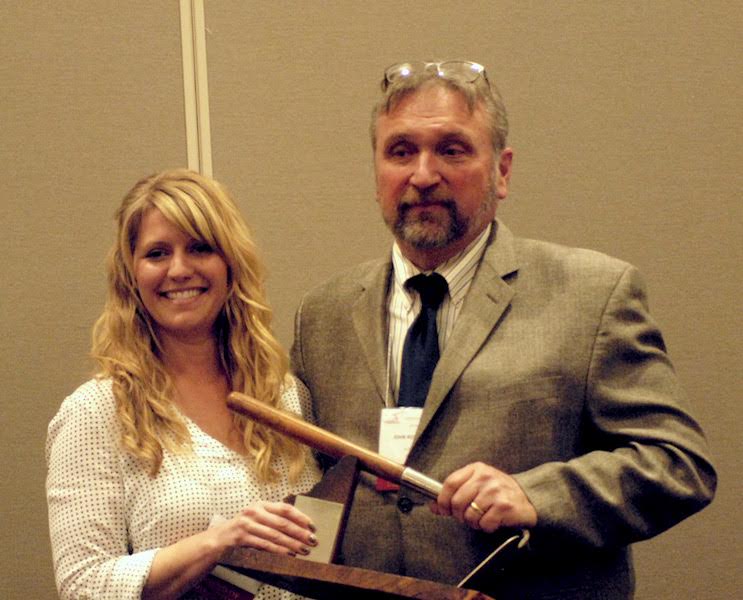
 Roncoroni suspects that rain pushed people to attend, “because
Roncoroni suspects that rain pushed people to attend, “because

